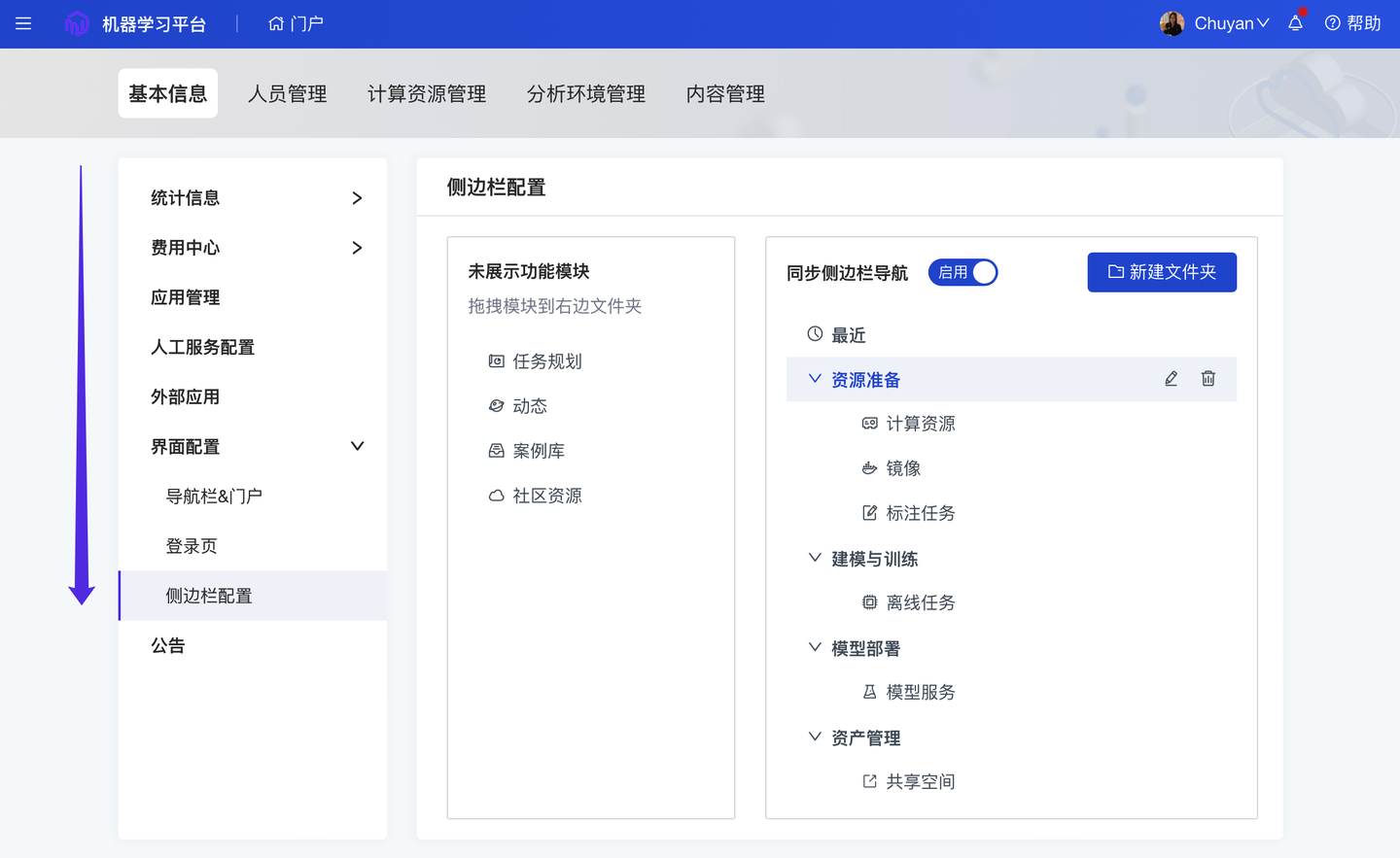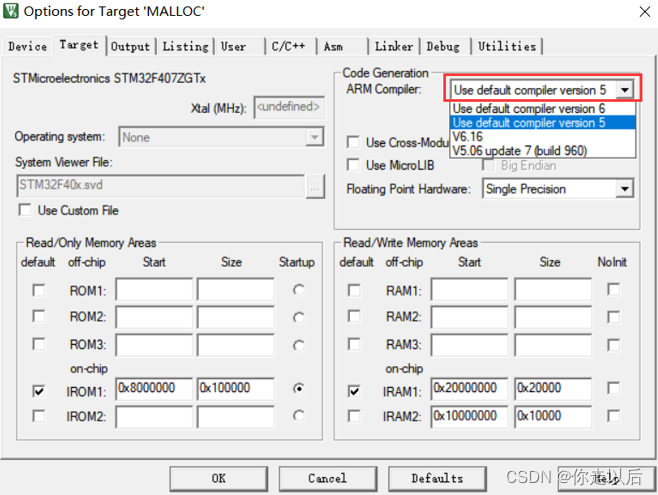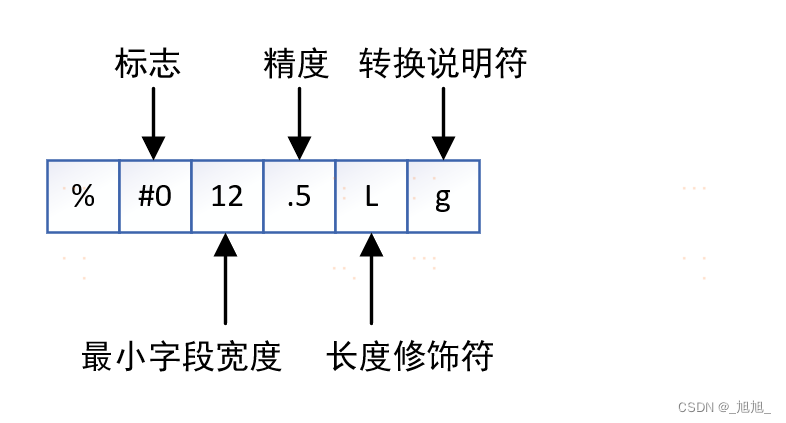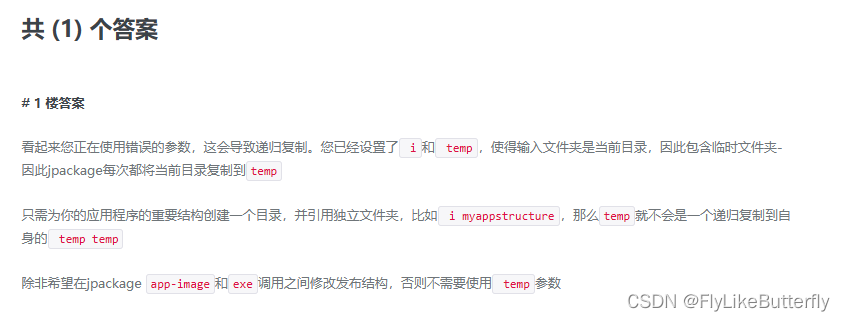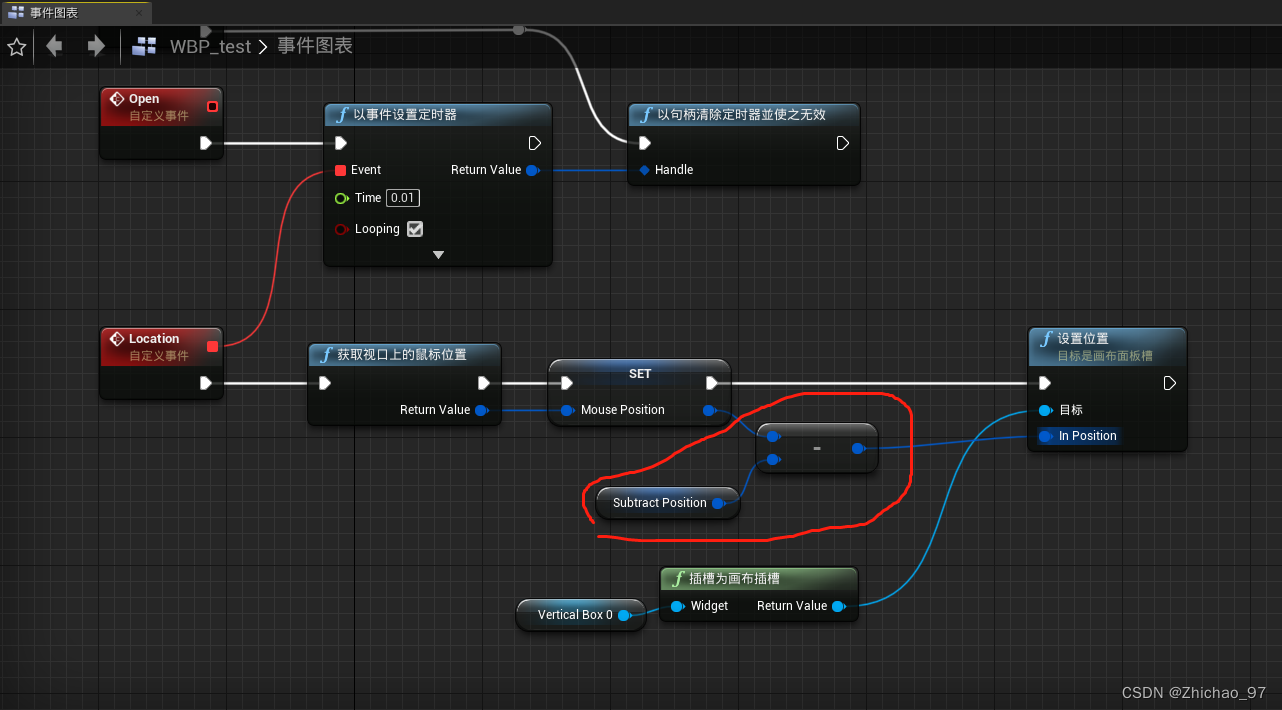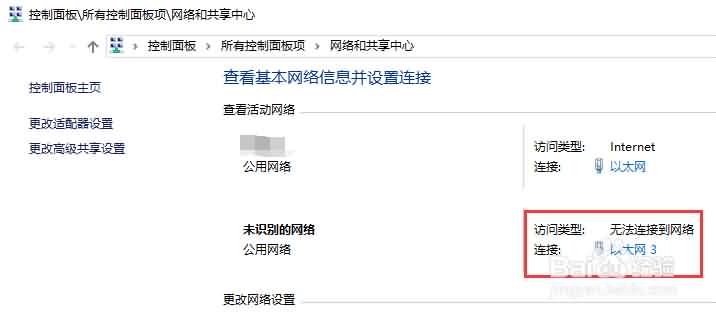文章目录
- K近邻(KNN)
- KNN示例
- KNN距离计算
- KNN算法
- 代码实现
- 1. 引入依赖:
- 2. 数据加载和预处理:
- 3. 核心算法实现:
- 4. 测试:
- 逻辑斯谛回归
- 线性回归问题
- 分类边界曲线——逻辑斯谛回归
- Sigmoid函数(压缩函数)
- 损失函数
- 决策树
- 示例
- 决策树与if-then规则
- 决策树的目标
- 特征选择
- 随机变量
- 熵
- 决策树的目标
- 条件熵
- 信息增益
- 决策树生成算法
分类模型主要是介绍三种:
- K近邻
- 逻辑斯谛回归
- 决策树
K近邻(KNN)
- 最简单最初级的分类器,就是将全部的训练数据所对应的类别都记录下来,当测试对象的属性和某个训练对象的属性完全匹配时,便可以对其进行分类。
- K近邻(k-nearest neighbor,KNN)是一种基本分类方法,通过测量不同特征值之间的距离进行分类。他的思路是:如果一个样本在特征空间中的k个最相似(即特征空间中最邻近)的样本中的大多数属于一个类别,则该样本也属于这个类别,其中K通常是不大于20的整数
- KNN算法中,所选择的邻居都是已经正确分类的对象。
KNN示例

KNN距离计算

KNN算法
在训练集中数据和标签已知的情况下,输入测试数据,将测试数据的特征与训练集中对应的特征进行相互比较,找到训练集中与之最为相似的前K个数据,则该测试数据对应的类别就是K个数据中出现次数最多的那个分类,其算法的描述为:
- 计算测试数据与各个训练数据之间的距离
- 按照距离的递增关系进行排序
- 选取距离最小的K个点
- 确定前K个点所在的类别的出现频率
- 返回前K个点钟出现频率最高的类别作为测试数据的预测分类
代码实现
1. 引入依赖:
import numpy as np
import pandas as pd
# 这里直接引入sklearn里的数据集,iris鸢尾花
from sklearn.datasets import load_iris
from sklearn.model_selection import train_test_split # 切分数据集为训练集和测试集
from sklearn.metrics import accuracy_score # 计算分类预测的准确率
其中iris数据集为:
{'data': array([[5.1, 3.5, 1.4, 0.2],
[4.9, 3. , 1.4, 0.2],
[4.7, 3.2, 1.3, 0.2],
[4.6, 3.1, 1.5, 0.2],
[5. , 3.6, 1.4, 0.2],
[5.4, 3.9, 1.7, 0.4],
[4.6, 3.4, 1.4, 0.3],
[5. , 3.4, 1.5, 0.2],
[4.4, 2.9, 1.4, 0.2],
[4.9, 3.1, 1.5, 0.1],
[5.4, 3.7, 1.5, 0.2],
[4.8, 3.4, 1.6, 0.2],
[4.8, 3. , 1.4, 0.1],
[4.3, 3. , 1.1, 0.1],
[5.8, 4. , 1.2, 0.2],
[5.7, 4.4, 1.5, 0.4],
[5.4, 3.9, 1.3, 0.4],
[5.1, 3.5, 1.4, 0.3],
[5.7, 3.8, 1.7, 0.3],
[5.1, 3.8, 1.5, 0.3],
[5.4, 3.4, 1.7, 0.2],
[5.1, 3.7, 1.5, 0.4],
[4.6, 3.6, 1. , 0.2],
[5.1, 3.3, 1.7, 0.5],
[4.8, 3.4, 1.9, 0.2],
[5. , 3. , 1.6, 0.2],
[5. , 3.4, 1.6, 0.4],
[5.2, 3.5, 1.5, 0.2],
[5.2, 3.4, 1.4, 0.2],
[4.7, 3.2, 1.6, 0.2],
[4.8, 3.1, 1.6, 0.2],
[5.4, 3.4, 1.5, 0.4],
[5.2, 4.1, 1.5, 0.1],
[5.5, 4.2, 1.4, 0.2],
[4.9, 3.1, 1.5, 0.2],
[5. , 3.2, 1.2, 0.2],
[5.5, 3.5, 1.3, 0.2],
[4.9, 3.6, 1.4, 0.1],
[4.4, 3. , 1.3, 0.2],
[5.1, 3.4, 1.5, 0.2],
[5. , 3.5, 1.3, 0.3],
[4.5, 2.3, 1.3, 0.3],
[4.4, 3.2, 1.3, 0.2],
[5. , 3.5, 1.6, 0.6],
[5.1, 3.8, 1.9, 0.4],
[4.8, 3. , 1.4, 0.3],
[5.1, 3.8, 1.6, 0.2],
[4.6, 3.2, 1.4, 0.2],
[5.3, 3.7, 1.5, 0.2],
[5. , 3.3, 1.4, 0.2],
[7. , 3.2, 4.7, 1.4],
[6.4, 3.2, 4.5, 1.5],
[6.9, 3.1, 4.9, 1.5],
[5.5, 2.3, 4. , 1.3],
[6.5, 2.8, 4.6, 1.5],
[5.7, 2.8, 4.5, 1.3],
[6.3, 3.3, 4.7, 1.6],
[4.9, 2.4, 3.3, 1. ],
[6.6, 2.9, 4.6, 1.3],
[5.2, 2.7, 3.9, 1.4],
[5. , 2. , 3.5, 1. ],
[5.9, 3. , 4.2, 1.5],
[6. , 2.2, 4. , 1. ],
[6.1, 2.9, 4.7, 1.4],
[5.6, 2.9, 3.6, 1.3],
[6.7, 3.1, 4.4, 1.4],
[5.6, 3. , 4.5, 1.5],
[5.8, 2.7, 4.1, 1. ],
[6.2, 2.2, 4.5, 1.5],
[5.6, 2.5, 3.9, 1.1],
[5.9, 3.2, 4.8, 1.8],
[6.1, 2.8, 4. , 1.3],
[6.3, 2.5, 4.9, 1.5],
[6.1, 2.8, 4.7, 1.2],
[6.4, 2.9, 4.3, 1.3],
[6.6, 3. , 4.4, 1.4],
[6.8, 2.8, 4.8, 1.4],
[6.7, 3. , 5. , 1.7],
[6. , 2.9, 4.5, 1.5],
[5.7, 2.6, 3.5, 1. ],
[5.5, 2.4, 3.8, 1.1],
[5.5, 2.4, 3.7, 1. ],
[5.8, 2.7, 3.9, 1.2],
[6. , 2.7, 5.1, 1.6],
[5.4, 3. , 4.5, 1.5],
[6. , 3.4, 4.5, 1.6],
[6.7, 3.1, 4.7, 1.5],
[6.3, 2.3, 4.4, 1.3],
[5.6, 3. , 4.1, 1.3],
[5.5, 2.5, 4. , 1.3],
[5.5, 2.6, 4.4, 1.2],
[6.1, 3. , 4.6, 1.4],
[5.8, 2.6, 4. , 1.2],
[5. , 2.3, 3.3, 1. ],
[5.6, 2.7, 4.2, 1.3],
[5.7, 3. , 4.2, 1.2],
[5.7, 2.9, 4.2, 1.3],
[6.2, 2.9, 4.3, 1.3],
[5.1, 2.5, 3. , 1.1],
[5.7, 2.8, 4.1, 1.3],
[6.3, 3.3, 6. , 2.5],
[5.8, 2.7, 5.1, 1.9],
[7.1, 3. , 5.9, 2.1],
[6.3, 2.9, 5.6, 1.8],
[6.5, 3. , 5.8, 2.2],
[7.6, 3. , 6.6, 2.1],
[4.9, 2.5, 4.5, 1.7],
[7.3, 2.9, 6.3, 1.8],
[6.7, 2.5, 5.8, 1.8],
[7.2, 3.6, 6.1, 2.5],
[6.5, 3.2, 5.1, 2. ],
[6.4, 2.7, 5.3, 1.9],
[6.8, 3. , 5.5, 2.1],
[5.7, 2.5, 5. , 2. ],
[5.8, 2.8, 5.1, 2.4],
[6.4, 3.2, 5.3, 2.3],
[6.5, 3. , 5.5, 1.8],
[7.7, 3.8, 6.7, 2.2],
[7.7, 2.6, 6.9, 2.3],
[6. , 2.2, 5. , 1.5],
[6.9, 3.2, 5.7, 2.3],
[5.6, 2.8, 4.9, 2. ],
[7.7, 2.8, 6.7, 2. ],
[6.3, 2.7, 4.9, 1.8],
[6.7, 3.3, 5.7, 2.1],
[7.2, 3.2, 6. , 1.8],
[6.2, 2.8, 4.8, 1.8],
[6.1, 3. , 4.9, 1.8],
[6.4, 2.8, 5.6, 2.1],
[7.2, 3. , 5.8, 1.6],
[7.4, 2.8, 6.1, 1.9],
[7.9, 3.8, 6.4, 2. ],
[6.4, 2.8, 5.6, 2.2],
[6.3, 2.8, 5.1, 1.5],
[6.1, 2.6, 5.6, 1.4],
[7.7, 3. , 6.1, 2.3],
[6.3, 3.4, 5.6, 2.4],
[6.4, 3.1, 5.5, 1.8],
[6. , 3. , 4.8, 1.8],
[6.9, 3.1, 5.4, 2.1],
[6.7, 3.1, 5.6, 2.4],
[6.9, 3.1, 5.1, 2.3],
[5.8, 2.7, 5.1, 1.9],
[6.8, 3.2, 5.9, 2.3],
[6.7, 3.3, 5.7, 2.5],
[6.7, 3. , 5.2, 2.3],
[6.3, 2.5, 5. , 1.9],
[6.5, 3. , 5.2, 2. ],
[6.2, 3.4, 5.4, 2.3],
[5.9, 3. , 5.1, 1.8]]),
'target': array([0, 0, 0, 0, 0, 0, 0, 0, 0, 0, 0, 0, 0, 0, 0, 0, 0, 0, 0, 0, 0, 0,
0, 0, 0, 0, 0, 0, 0, 0, 0, 0, 0, 0, 0, 0, 0, 0, 0, 0, 0, 0, 0, 0,
0, 0, 0, 0, 0, 0, 1, 1, 1, 1, 1, 1, 1, 1, 1, 1, 1, 1, 1, 1, 1, 1,
1, 1, 1, 1, 1, 1, 1, 1, 1, 1, 1, 1, 1, 1, 1, 1, 1, 1, 1, 1, 1, 1,
1, 1, 1, 1, 1, 1, 1, 1, 1, 1, 1, 1, 2, 2, 2, 2, 2, 2, 2, 2, 2, 2,
2, 2, 2, 2, 2, 2, 2, 2, 2, 2, 2, 2, 2, 2, 2, 2, 2, 2, 2, 2, 2, 2,
2, 2, 2, 2, 2, 2, 2, 2, 2, 2, 2, 2, 2, 2, 2, 2, 2, 2]),
'frame': None,
'target_names': array(['setosa', 'versicolor', 'virginica'], dtype='<U10'),
'DESCR': '.. _iris_dataset:\n\nIris plants dataset\n--------------------\n\n**Data Set Characteristics:**\n\n :Number of Instances: 150 (50 in each of three classes)\n :Number of Attributes: 4 numeric, predictive attributes and the class\n :Attribute Information:\n - sepal length in cm\n - sepal width in cm\n - petal length in cm\n - petal width in cm\n - class:\n - Iris-Setosa\n - Iris-Versicolour\n - Iris-Virginica\n \n :Summary Statistics:\n\n ============== ==== ==== ======= ===== ====================\n Min Max Mean SD Class Correlation\n ============== ==== ==== ======= ===== ====================\n sepal length: 4.3 7.9 5.84 0.83 0.7826\n sepal width: 2.0 4.4 3.05 0.43 -0.4194\n petal length: 1.0 6.9 3.76 1.76 0.9490 (high!)\n petal width: 0.1 2.5 1.20 0.76 0.9565 (high!)\n ============== ==== ==== ======= ===== ====================\n\n :Missing Attribute Values: None\n :Class Distribution: 33.3% for each of 3 classes.\n :Creator: R.A. Fisher\n :Donor: Michael Marshall (MARSHALL%PLU@io.arc.nasa.gov)\n :Date: July, 1988\n\nThe famous Iris database, first used by Sir R.A. Fisher. The dataset is taken\nfrom Fisher\'s paper. Note that it\'s the same as in R, but not as in the UCI\nMachine Learning Repository, which has two wrong data points.\n\nThis is perhaps the best known database to be found in the\npattern recognition literature. Fisher\'s paper is a classic in the field and\nis referenced frequently to this day. (See Duda & Hart, for example.) The\ndata set contains 3 classes of 50 instances each, where each class refers to a\ntype of iris plant. One class is linearly separable from the other 2; the\nlatter are NOT linearly separable from each other.\n\n.. topic:: References\n\n - Fisher, R.A. "The use of multiple measurements in taxonomic problems"\n Annual Eugenics, 7, Part II, 179-188 (1936); also in "Contributions to\n Mathematical Statistics" (John Wiley, NY, 1950).\n - Duda, R.O., & Hart, P.E. (1973) Pattern Classification and Scene Analysis.\n (Q327.D83) John Wiley & Sons. ISBN 0-471-22361-1. See page 218.\n - Dasarathy, B.V. (1980) "Nosing Around the Neighborhood: A New System\n Structure and Classification Rule for Recognition in Partially Exposed\n Environments". IEEE Transactions on Pattern Analysis and Machine\n Intelligence, Vol. PAMI-2, No. 1, 67-71.\n - Gates, G.W. (1972) "The Reduced Nearest Neighbor Rule". IEEE Transactions\n on Information Theory, May 1972, 431-433.\n - See also: 1988 MLC Proceedings, 54-64. Cheeseman et al"s AUTOCLASS II\n conceptual clustering system finds 3 classes in the data.\n - Many, many more ...',
'feature_names': ['sepal length (cm)',
'sepal width (cm)',
'petal length (cm)',
'petal width (cm)'],
'filename': 'iris.csv',
'data_module': 'sklearn.datasets.data'}
2. 数据加载和预处理:
iris = load_iris()
df = pd.DataFrame(data = iris.data, columns = iris.feature_names)
df['class'] = iris.target
df['class'] = df['class'].map({0: iris.target_names[0], 1: iris.target_names[1], 2: iris.target_names[2]})
df.head(10)
df.describe()

提取x,y
x = iris.data # x是一个二维数组
y = iris.target.reshape(-1,1) # y是一个一维数组,需要把它转化为二维,reshape(-1, 1)把y转化为任意行1列的二维数组
print(x.shape, y.shape) # x为150行4列的二维数组,y为150行1列的二维数组
输出:
(150, 4) (150, 1)
3. 核心算法实现:
# 距离函数定义,a是是一个矩阵,b是一个向量
def l1_distance(a, b): # 曼哈顿距离
return np.sum(np.abs(a-b), axis=1) # axis=1,表示把每一行加起来,最后剩一列
def l2_distance(a, b): # 欧式距离
return np.sqrt( np.sum((a-b) ** 2, axis=1) )
# 分类器实现
class kNN(object):
# 定义一个初始化方法,__init__ 是类的构造方法
def __init__(self, n_neighbors = 1, dist_func = l1_distance): # n_neighbors表示有几个近邻,默认为1,dist_funct表示距离函数
self.n_neighbors = n_neighbors
self.dist_func = dist_func
# 训练模型方法
def fit(self, x, y):
self.x_train = x
self.y_train = y
# 模型预测方法
def predict(self, x):
# 初始化预测分类数组,zeros()初始化一个0数组,行数与x的行数一致,列数为1
y_pred = np.zeros( (x.shape[0], 1), dtype=self.y_train.dtype )
# 遍历输入的x数据点,取出每一个数据点的序号i和数据x_test,enumerate枚举,拿出来的是元组
for i, x_test in enumerate(x):
‘’‘
1. 计算测试数据与各个训练数据之间的距离
2. 按照距离的递增关系进行排序
3. 选取距离最小的K个点
4. 确定前K个点所在的类别的出现频率
5. 返回前K个点钟出现频率最高的类别作为测试数据的预测分类
’‘’
# x_test跟所有训练数据计算距离
distances = self.dist_func(self.x_train, x_test)
# 得到的距离按照由近到远排序,取出索引值
nn_index = np.argsort(distances)
# 选取最近的k个点,保存它们对应的分类类别
nn_y = self.y_train[ nn_index[:self.n_neighbors] ].ravel() # ravel()将二维转为一维
# 统计类别中出现频率最高的那个,赋给y_pred[i]
y_pred[i] = np.argmax( np.bincount(nn_y) ) # bincount统计索引值出现的次数
return y_pred # 返回(一组)预测分类
4. 测试:
# 定义一个knn实例
knn = kNN(n_neighbors = 3)
# 训练模型
knn.fit(x_train, y_train)
# 传入测试数据,做预测
y_pred = knn.predict(x_test)
print(y_test.ravel())
print(y_pred.ravel())
# 求出预测准确率
accuracy = accuracy_score(y_test, y_pred)
print("预测准确率: ", accuracy)
输出:
[2 1 2 2 0 0 2 0 1 1 2 0 1 1 1 2 2 0 1 2 1 0 0 0 1 2 0 2 0 0 2 1 0 2 1 0 2
1 2 2 1 1 1 0 0]
[2 1 2 2 0 0 2 0 1 1 1 0 1 1 1 2 2 0 1 2 1 0 0 0 1 2 0 2 0 0 2 1 0 2 1 0 2
1 2 1 1 2 1 0 0]
预测准确率: 0.9333333333333333
- 自动化测试:
# 定义一个knn实例
knn = kNN()
# 训练模型
knn.fit(x_train, y_train)
# 保存结果list
result_list = []
# 针对不同的参数选取,做预测
for p in [1, 2]:
knn.dist_func = l1_distance if p == 1 else l2_distance
# 考虑不同的k取值,步长为2,k为奇数
for k in range(1, 10, 2):
knn.n_neighbors = k
# 传入测试数据,做预测
y_pred = knn.predict(x_test)
# 求出预测准确率
accuracy = accuracy_score(y_test, y_pred)
result_list.append([k, 'l1_distance' if p == 1 else 'l2_distance', accuracy])
df = pd.DataFrame(result_list, columns=['k', '距离函数', '预测准确率'])

逻辑斯谛回归
线性回归问题


分类边界曲线——逻辑斯谛回归

Sigmoid函数(压缩函数)
都压缩到[0,1]区间内

- 使用:



损失函数

- 想要的损失函数:

- 利用log对数函数:



- 梯度下降法求解:

决策树
决策树是一种简单高效并且具有强解释性的模型,广泛应用于数据分析领域。其本质上是一颗自上而下的由多个判断节点组成的树。

示例



决策树与if-then规则
- 决策树可以看作一个if-then规则的集合
- 由决策树的根节点到叶节点的每一条路径,构建一条规则:路径上内部节点的特征对应着规则的条件(condition),叶节点对应规则的结论
- 决策树的if-then规则集合有一个重要性质:互斥并且完备。这就是说,每一个实例都被一条规则(一条路径)所覆盖,并且只被一条规则覆盖
- 其中,condition的确定就是特征选择的过程。
决策树的目标
- 决策树学习的本质,是从训练数据集中归纳出一组if-then分类规则
- 与训练集不相矛盾的决策树,可能有很多个,也可能一个也没有;所以我们需要选择一个与训练数据集矛盾较小的决策树
- 另一个角度,我们可以把决策树看成一个条件概率模型,我们的目标是将实例分配到条件概率更大的那一类中去
- 从所有可能的情况中选择最优决策树,是一个NP完全问题,所以我们通常采用启发式算法求解决策树,得到一个次最优解
- 采用的算法通常是递归地进行以下过程:
- 选择最优特征
- 并根据该特征对训练数据进行分割
- 使得各个子数据集都有一个最好的分类
特征选择

随机变量

熵


- 示例:



决策树的目标

条件熵
条件熵-conditional entropy

信息增益

决策树生成算法

